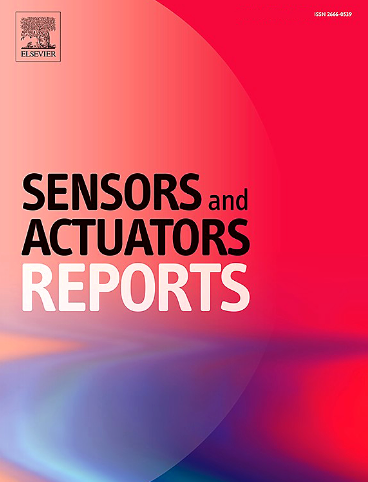Acoustic bubbles: Inducing cell interactions via trapping, patterning, and removal
IF 7.6
Q1 BIOTECHNOLOGY & APPLIED MICROBIOLOGY
引用次数: 0
Abstract
Studying cell-cell interactions is crucial for understanding biological processes and advancing drug development. Recent advancements in microfluidic technology allow cell-cell interaction experiments to be performed on-chip, enabling the study of specific interactions within a highly defined microenvironment. Acoustic bubbles, tiny bubbles excited by an external acoustic source, are clean, biocompatible, and effective tools for manipulating fluids and particles at the microscale. This research presents a novel microfluidic approach using acoustic bubbles to study cell-cell interactions. It focuses on generating, controlling, and removing acoustic bubbles within a microfluidic device to manipulate particles and cells and induce their interaction. In this work, a microbubble is passively generated to separate the channels containing two different types of particles and cells. Under the control of an acoustic field, particles and cells are trapped on either side of the microbubble. The microbubble is then removed to enable interaction between the trapped particles and cells. The impact of channel geometry on bubble stability is quantitatively investigated to optimize the device's performance. Additionally, the successful demonstration of on-chip cell interactions highlights the rapid and straightforward operation of this method. This innovative approach holds great potential for studying specific cell interactions to gain biological insights into disease progression and serves as an effective tool for drug testing.

声波泡:通过诱捕、形成图案和去除来诱导细胞相互作用
研究细胞间相互作用对于理解生物过程和推进药物开发至关重要。微流体技术的最新进展允许在芯片上进行细胞-细胞相互作用实验,从而能够在高度定义的微环境中研究特定的相互作用。声学气泡是由外部声源激发的微小气泡,是清洁的、生物相容的、在微观尺度上操纵流体和颗粒的有效工具。本研究提出了一种新的微流体方法,利用声学气泡来研究细胞-细胞相互作用。它的重点是产生,控制和去除微流体装置内的声学气泡,以操纵粒子和细胞并诱导它们的相互作用。在这项工作中,一个微泡被被动地产生,以分离含有两种不同类型的颗粒和细胞的通道。在声场的控制下,粒子和细胞被困在微泡的两侧。然后去除微泡,使被捕获的粒子和细胞之间能够相互作用。为了优化器件性能,定量研究了通道几何形状对气泡稳定性的影响。此外,芯片上细胞相互作用的成功演示突出了该方法的快速和直接操作。这种创新的方法在研究特定细胞相互作用以获得疾病进展的生物学见解方面具有巨大的潜力,并可作为药物测试的有效工具。
本文章由计算机程序翻译,如有差异,请以英文原文为准。
求助全文
约1分钟内获得全文
求助全文
来源期刊

Sensors and Actuators Reports
Multiple-
CiteScore
9.60
自引率
0.00%
发文量
60
审稿时长
49 days
期刊介绍:
Sensors and Actuators Reports is a peer-reviewed open access journal launched out from the Sensors and Actuators journal family. Sensors and Actuators Reports is dedicated to publishing new and original works in the field of all type of sensors and actuators, including bio-, chemical-, physical-, and nano- sensors and actuators, which demonstrates significant progress beyond the current state of the art. The journal regularly publishes original research papers, reviews, and short communications.
For research papers and short communications, the journal aims to publish the new and original work supported by experimental results and as such purely theoretical works are not accepted.
 求助内容:
求助内容: 应助结果提醒方式:
应助结果提醒方式:


